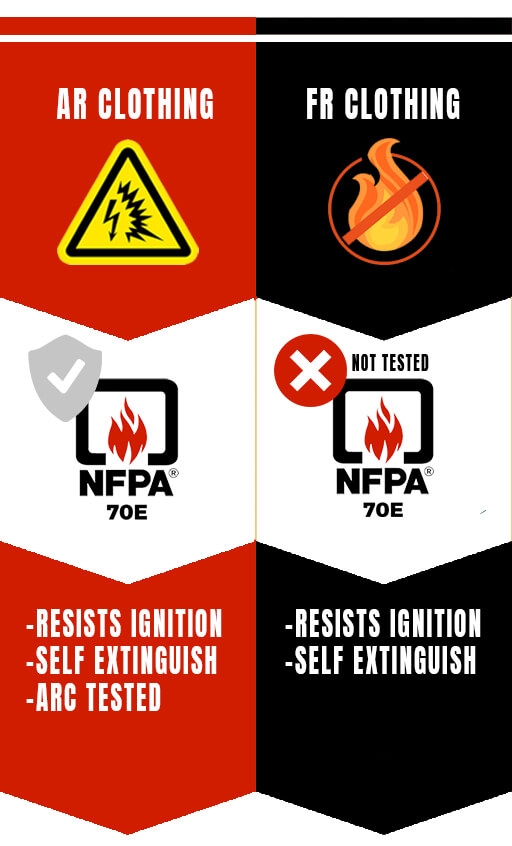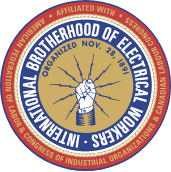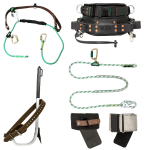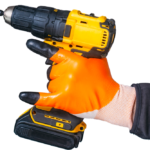In the 2012 edition of the NFPA 70E, the National Fire Protection Association (NFPA) replaced the term “Flame Resistance (FR)” with ”Arc-Rated (AR)” which caused confusion for many in the industry what the difference is between AR and FR clothing. For linemen and electricians, electrical personal protective equipment (PPE) is extremely important because it may be the difference between life or death. Although, when it comes to protective clothing, staying current with many different terms, standards, and abbreviations gets challenging. So what is the difference between arc-rated (AR) clothing and flame resistant (FR) clothing?
Difference between AR and FR clothing
All arc-rated clothing (AR) is flame resistant, but not all flame-resistant clothing (FR) is arc-rated because not all flame-resistant fabrics have been tested for exposure against arc flash. Simply put, if your flame-resistant clothing has an arc rating, it is arc-rated.

| AR arc-rated clothing | FR flame-resistant clothing |
| Arc rated – tested & passed exposure to arc flash | Not arc-rated because not all fabrics are tested against exposure to arc flash |
All AR clothing is flame-resistant… but not all FR clothing is arc-rated.
Statistics that reinforce the importance of AR clothing & FR clothing:
- Most severe burn injuries and casualties are caused by non-FR clothing that ignites and continues to burn.
- More than 2,000 people are admitted to burn centers annually with severe burns from an arc flash.
- Every day in the United States, an arc flash explosion occurs in electrical equipment that sends an employee to a burn center.
What is FR clothing?
FR stands for flame-resistant. The primary objective of FR clothing is to resist ignition. In the United States, we use the test by ASTM D-6413, also known as Vertical Flame Test while the European standard is a flame impingement test, which is a lower threshold of resistance to ignition. FR clothing is designed to protect employees from fire-related hazards such as flash fires, flames, and embers. For an article of clothing to be classified as flame resistant, the fabric must resist ignition and/or quickly self-extinguish flames to protect the wearer. FR clothing is not fireproof meaning it will ignite if exposed to fire. Although, FR is designed to self-extinguish meaning It will not continue to burn once ignited. FR clothing helps to reduce the extent of burn injuries. FR clothing is important because if flammable clothing is ignited it does not self-extinguish and will cause the victim to burn over a greater area of their body and more deeply causing more damage.
FR clothing protects the wearer from:
- Self-extinguishes or resists ignition.
- Does not melt onto the skin.
- Provides thermal insulation from heat.
- Resists breaking open and exposing skin.
- Minimizes burn injury and increases chances of survival.
What is AR clothing?
AR stands for Arc-Rated and all arc-rated clothing is flame resistant. The official arc rating standard (ASTM 1959) requires fabrics to be FR to qualify for testing. AR clothing protects the wearer from electrical arc flash hazards. AR clothing requires additional testing not required for FR clothing. Arc-rated clothing is exposed to a series of arc flashes to determine how much energy the fabric can block before it can cause the wearer 2nd-degree burns, 50% of the time. More simply stated, arc rating measures insulation of FR fabrics to arc flash. The result of this test is expressed in calories and is known as the Arc Thermal Performance Value (ATPV). You can find out if your garment is Arc rated by checking the internal label on your clothing.
Arc-rated clothing is required when employees are near or working on exposed live parts greater than 600V. Under such conditions, clothing could be ignited by:
- Nearby flammable material that could be ignited.
- Molten metal splatter from electric arcs.
In conclusion: Arc-rated clothing or equipment indicates that it has been tested for exposure to an electric arc flash. Flame-Resistant (FR) clothing without an arc rating has not been tested for exposure to an electric arc. AR was created to make it easier for employers and consumers to identify if the clothing they are wearing offers sufficient protection. It allows users to find out whether the clothing will resist ignition, offer heat resistance, or self-extinguish.
Learn more about 2012 edition of the NFPA 70E and the National Fire Protection Association (NFPA).
Now that you are educated on the difference between AR and FR clothes give us a call at 847-531-0559 or fill out a contact form we can help you find the right Arc flash suits, AR clothes, or FR clothes for the job! Divergent Alliance is proud to be a one-stop-shop for all lineman tools, equipment, and electrical PPE.








